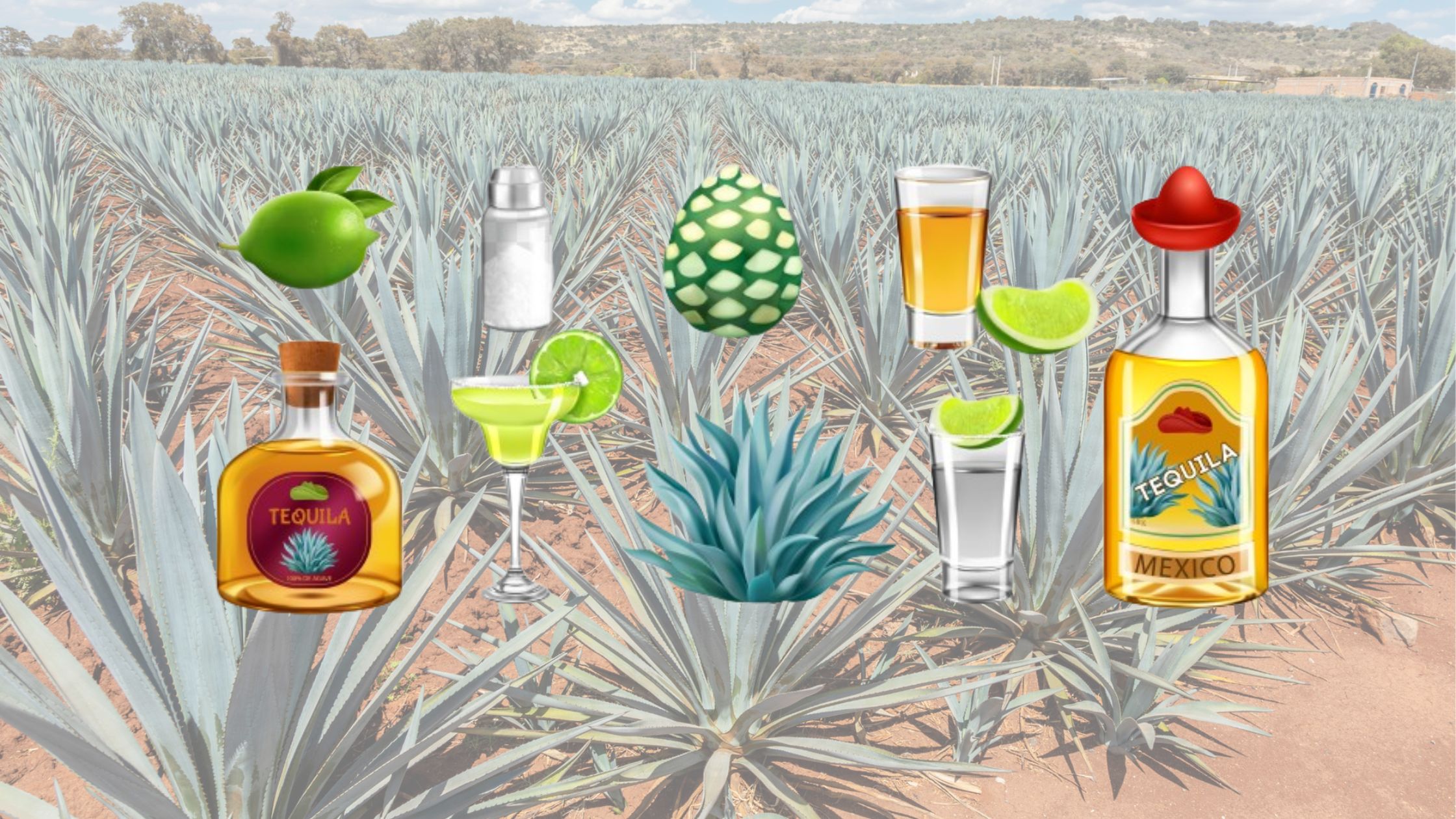History of Whisky: From Monastic Roots to Global Fame
2025-06-03


Tequila is more than a popular spirit; it represents Mexican heritage, craftsmanship, and tradition. The process behind its production traces back centuries—from turning Weber blue agave plants into refined tequila to being enjoyed worldwide—and understanding this process will only deepen your appreciation of it! Whether you are already an admirer or curious to know how it was made will only enhance it further!
In this guide, we'll outline how tequila is produced, outlining six key steps involved with creating this beloved beverage in 2025.
Tequila is a distilled spirit crafted from Weber blue agave (Agave tequilana). Well-known for its versatility, tequila forms the base for numerous classic cocktails, including Margaritas, Palomas, and Tequila Sunrises. Per Mexican law, however, tequila production can only occur within certain geographical areas, such as Jalisco, Nayarit, Guanajuato, Michoacan, or Tamaulipas.
Consejo Regulador de Tequila (CRT), to ensure high standards and authenticity. So let's dive in step-by-step on how tequila is produced!
Tequila production begins with the harvesting of Weber blue agave, a succulent plant that takes 7–10 years to mature and is then harvested using a tool known as a coa. Skilled farmers (Jimadores) then remove its spiky leaves using this coa, revealing its core: an enormous pineapple-shaped "pina." This pina contains natural sugars necessary for fermentation processes.
Once harvested, pinas are transported to distilleries for baking. Baking converts complex carbohydrates in the agave into fermentable sugars that can then be fermented; traditional production used underground pits lined with volcanic rock; modern production uses brick ovens (hornos) or stainless steel autoclaves for more efficiency and consistency.
Baking pina typically takes 24-48 hours, softening its fibers and heightening its natural sweetness.
Once baked, the soft piñas are crushed to extract their sweet juice, known as mosto. This step is carried out in one of two ways:
The extracted mosto is collected and prepared for fermentation.
Fermentation is the process used to transform apple juice into alcohol. Mosto is combined with yeast and water in large fermentation tanks that may be made of stainless steel or wood for fermentation; at this stage, natural sugars break down into ethanol, which ultimately forms the alcohol base for tequila production.
Fermentation times vary, typically from three to seven days, and depend on various factors such as temperature, yeast strain and distillery techniques.
Distillation is where tequila takes shape as a spirit. This process involves heating the fermented mosto to separate the alcohol from impurities. Tequila undergoes two distillations:
The final product after distillation has an alcohol content of around 55-60% ABV, which is then diluted to around 38-40% ABV before bottling.
Tequila aging significantly impacts its flavor, aroma, and color. The aging process determines the type of tequila produced:
Once aged, tequila is filtered, bottled, and labeled before being distributed globally.
Tequila-making is an intricate craft, combining tradition with contemporary techniques. Each step from harvesting and baking the agave through fermentation, distillation, and aging contributes to improving both its quality and flavor.
Understanding how tequila is made allows you to appreciate its craftsmanship in every sip. Enjoy it straight, mixed into cocktails, or with authentic Mexican dishes—tequila remains a timeless and celebrated spirit in 2025!